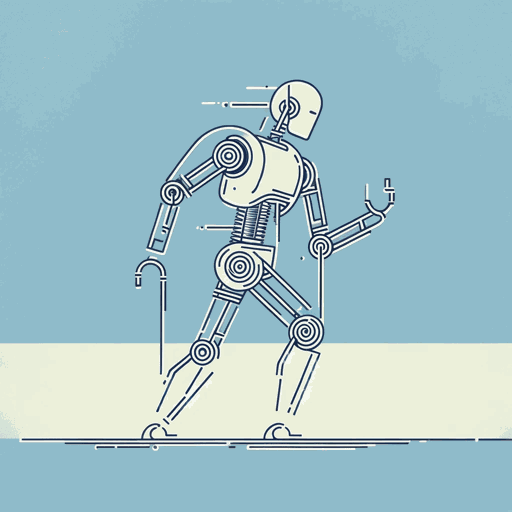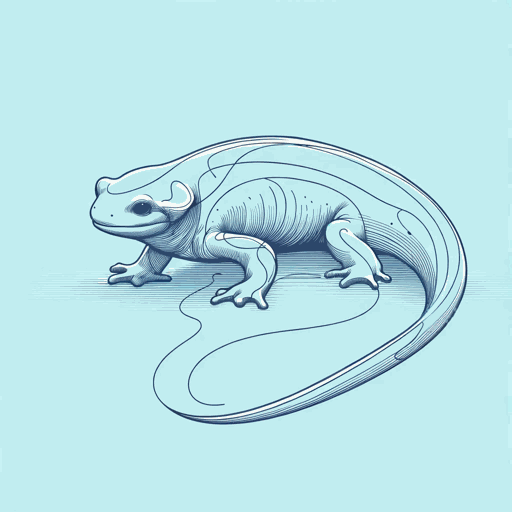34 pages • 1 hour read
Karel ČapekR.U.R.
Fiction | Play | Adult | Published in 1920A modern alternative to SparkNotes and CliffsNotes, SuperSummary offers high-quality Study Guides with detailed chapter summaries and analysis of major themes, characters, and more.
Symbols & Motifs
Mirror
In Act III, in the factory laboratory, the prop of a mirror symbolizes how the nature of robots is beginning to reflect human nature. A stage direction notes how Alquist looks in the mirror alone. Later, the Robots Helena and Primus look in it together. This underscores Alquist’s line: “If there are no people at least let there be Robots, at least the reflections of man, at least his creation, at least his likeness” (73). Robots are like the images in mirrors—reflections of humans. They reflect what Alquist believes is the most important human characteristic, falling in love. The scene where Robots Helena and Primus flirt mirrors how Helena and Domin flirt in the Prologue.
Flowers
Flowers are another prop that take on symbolic meaning. Helena implies that the flowers reflect the way that human women have become sterile. When referring to the flowers made by Hallemeier, she laments: “Oh, sterile flower!” (36). Later, she explains that she burned Rossum’s manuscript because “people had become sterile flowers!” (65). To Helena, humans losing the ability to procreate is “d-r-readful” (65) and requires drastic, violent action. Unlike the men, she does not harm another living being—robotic or human—but enacts violence against a manuscript.


